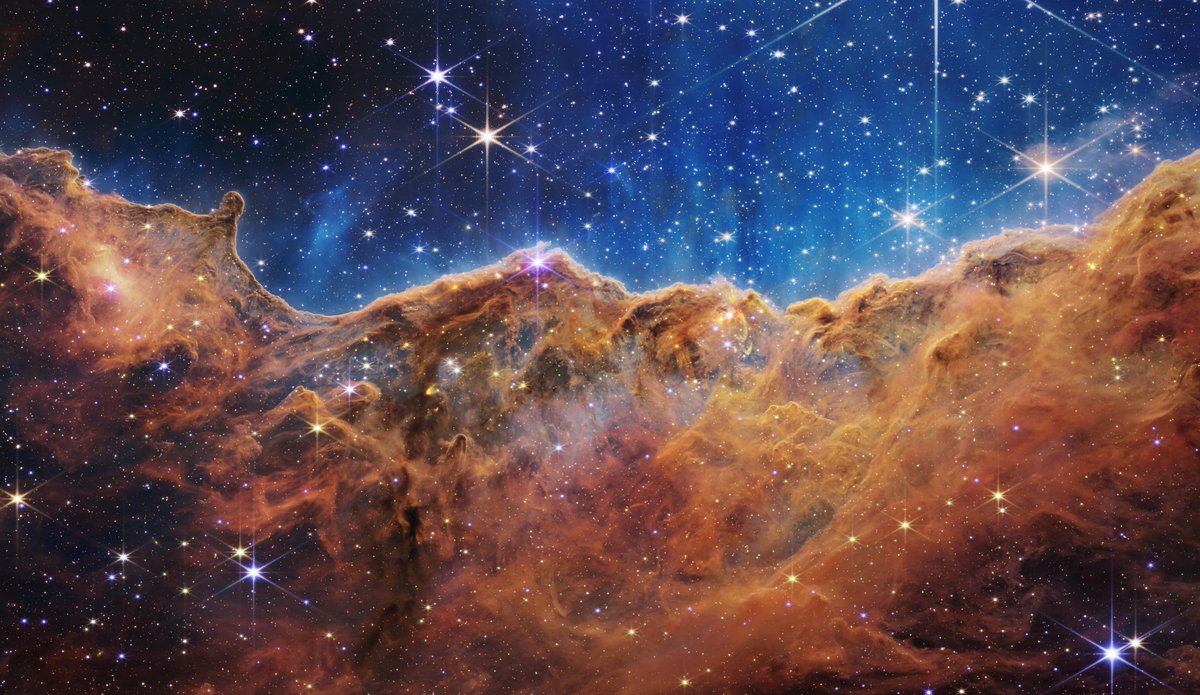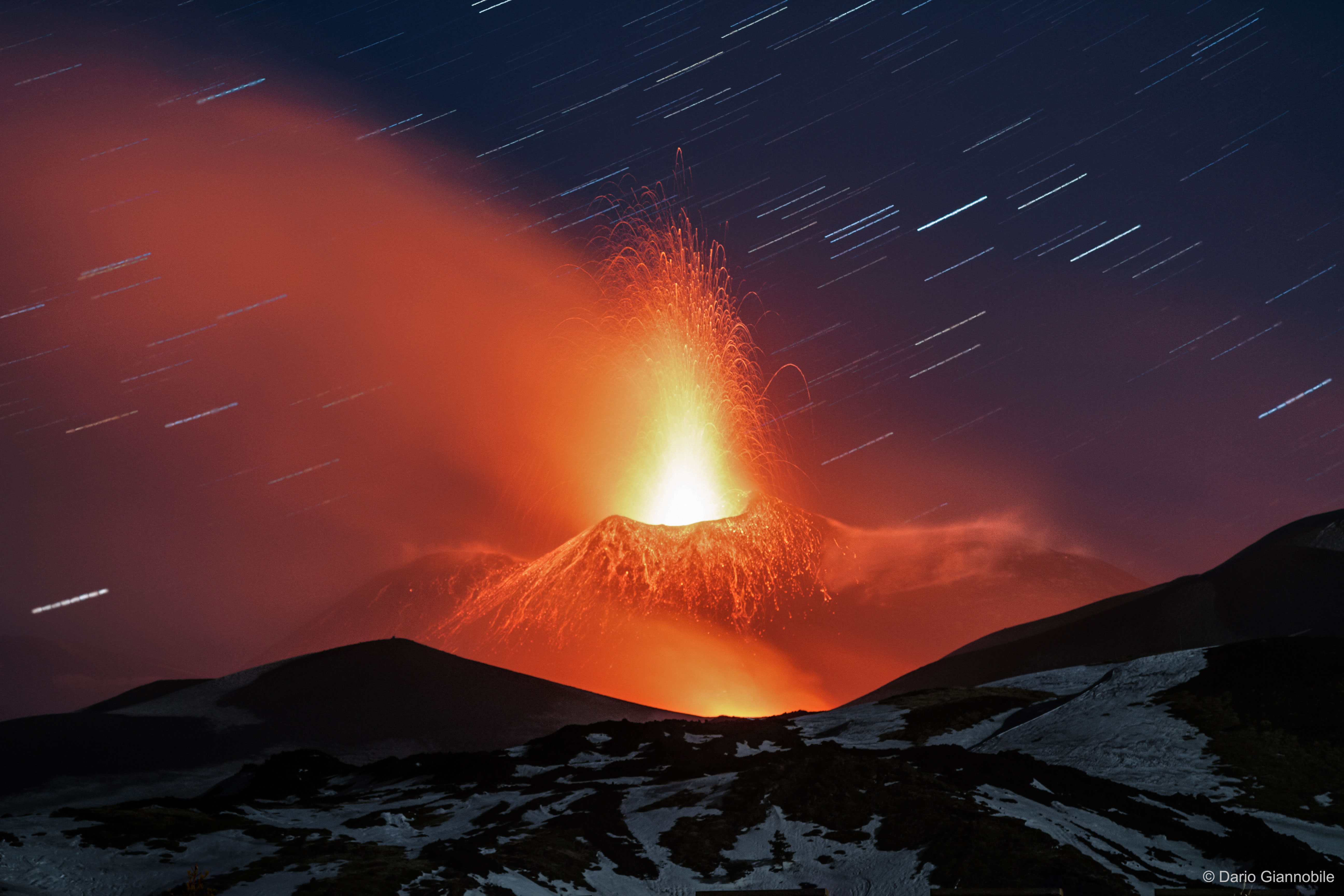

The Sol 125 drive entered Yellowknife Bay and covered about 86 feet (26.1 meters). 12, 2012 image provided by NASA shows the Mars rover Curiosity at a pit stop, a shallow depression called "Yellowknife Bay." It took the image on the 125th Martian day, or sol, of the mission, just after finishing that sol's drive.

NASA/AFP/Getty Images Show More Show Less 14 of65 Wrist motions and turret rotations on the arm allowed MAHLI to acquire the mosaic's component images. MAHLI, which took the component images for this mosaic, is mounted on a turret at the end of the arm. The rover's robotic arm is not visible in the mosaic.

The Martian landscape and the turret on the rover's arm appear inverted within the round, reflective ChemCam instrument at the top of the rover's mast. Mountains in the background to the left are the northern wall of Gale Crater. The base of Gale Crater's 3-mile-high (5-kilometer) sedimentary mountain, Mount Sharp, rises on the horizon in the right half of the mosaic. Four scoop scars can be seen in the regolith in front of the rover. The mosaic shows the rover at "Rocknest," the spot in Gale Crater where the mission's first scoop sampling took place. Dozens of high-resolution images were combined into self-portrait images of the rover. This picture provided by NASA on Decemshows a self portrait of NASA's Curiosity rover captured by the Mars Hand Lens Imager (MAHLI).

NASA/AFP/Getty Images Show More Show Less This banding might result from different amounts of infiltrated dust, chemical alteration or deposition of sands of slightly different color. The left end of each trough wall shows alternating light and dark bands, indicating that the sand inside the drift is not completely uniform. Beneath the crust surface, as revealed in the scoop troughs and the piles of sediment on the right side of each, is finer sand, which is darker brown as compared with the dust on the surface. Evidence for the crusting is seen by the presence of angular clods in and around the troughs and in the sharp, jagged indentations and overhangs on one wall of each trench (the walls closest to the top of this figure). The coarse sand is somewhat cemented to form a thin crust about 0.2 inches (0.5 centimeters) thick. These coarse grains are mantled with fine dust, giving the drift surface a light brownish red color. The upper surface of the drift is covered by coarse sand grains approximately 0.02 to 0.06 inches (0.5 to 1.5 millimeters) in size. The image was acquired by the Mars Hand Lens Imager (MAHLI) on Octoand shows some of the details regarding the properties of the "Rocknest" wind drift sand. This picture provided by NASA on Decemshows a view of the third (L) and fourth (R) trenches made by the 1.6-inch-wide (4cm) scoop on NASA's Mars rover Curiosity in October 2012. NASA/AFP/Getty Images Show More Show Less 11 of65 Mars rover Curiosity's dramatic landing and early scientific exploits have rejuvenated enthusiasm for Martian exploration. This picture provided by NASA on Decemshows a view of the terrain encountered by the Mars Curiosity Rover on December 9, 2012.


 0 kommentar(er)
0 kommentar(er)
